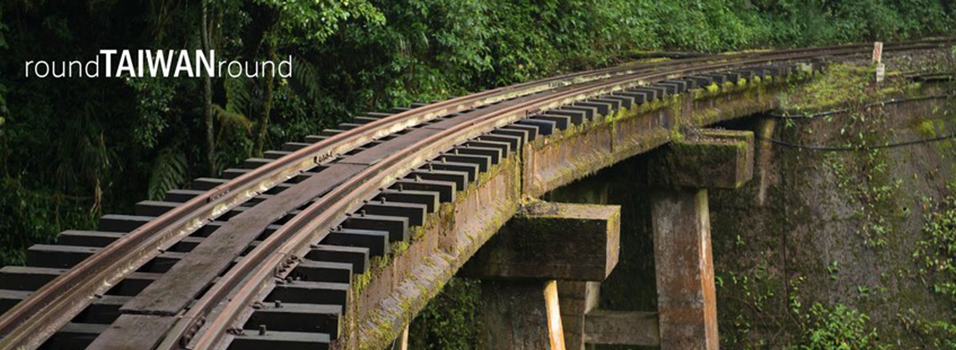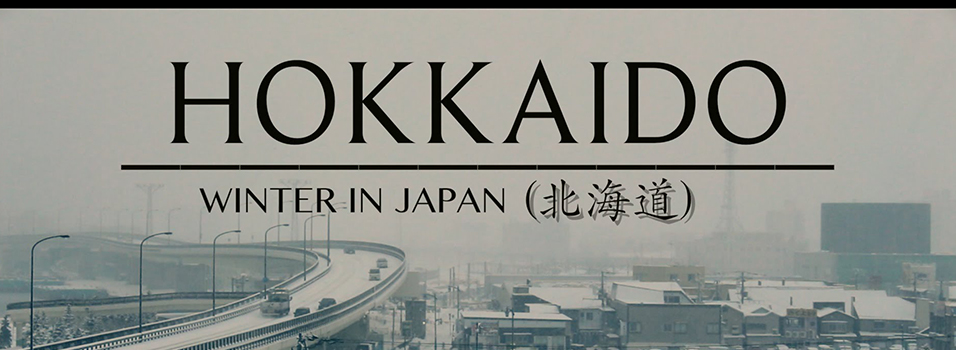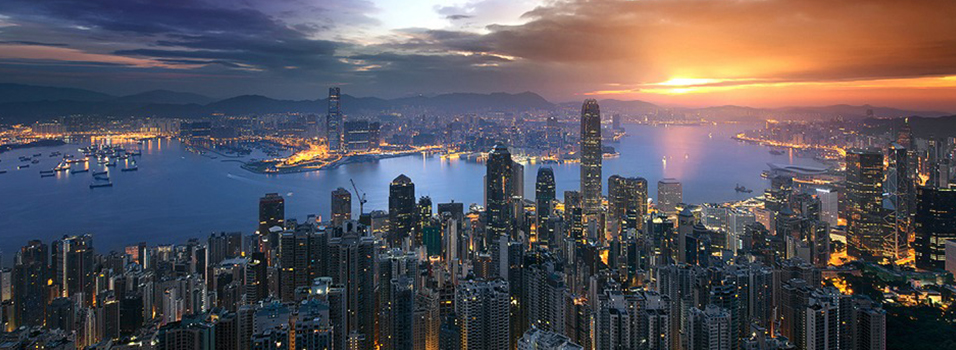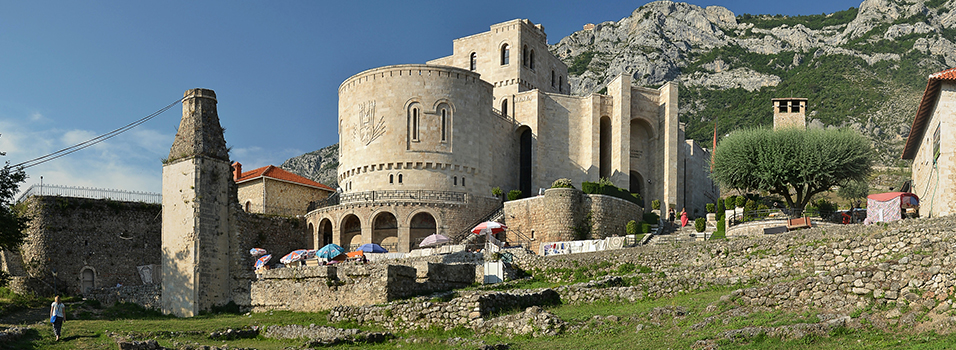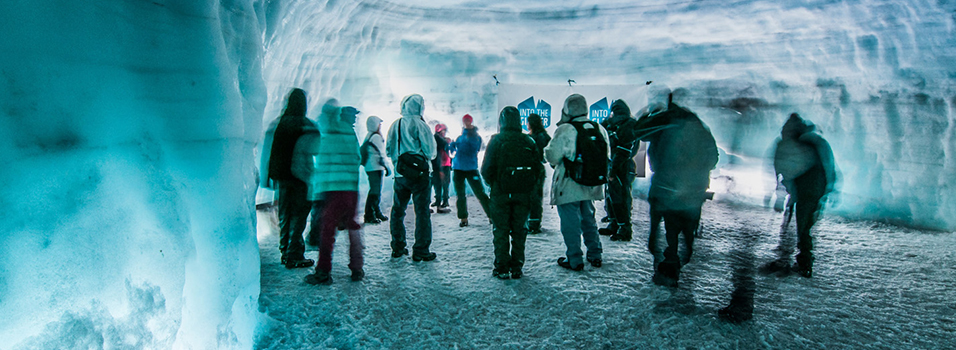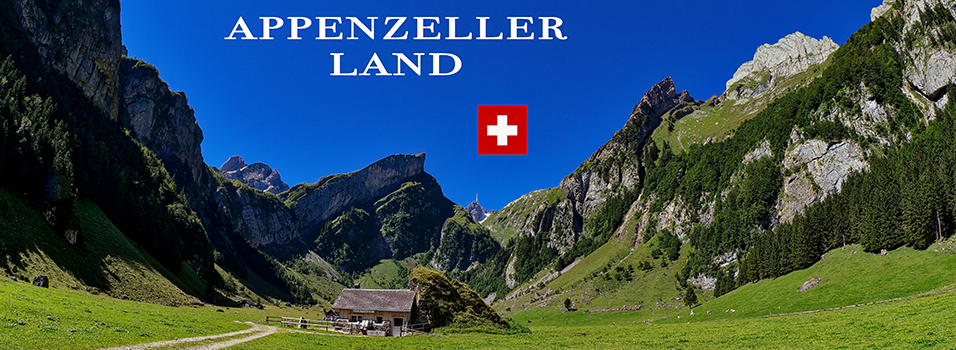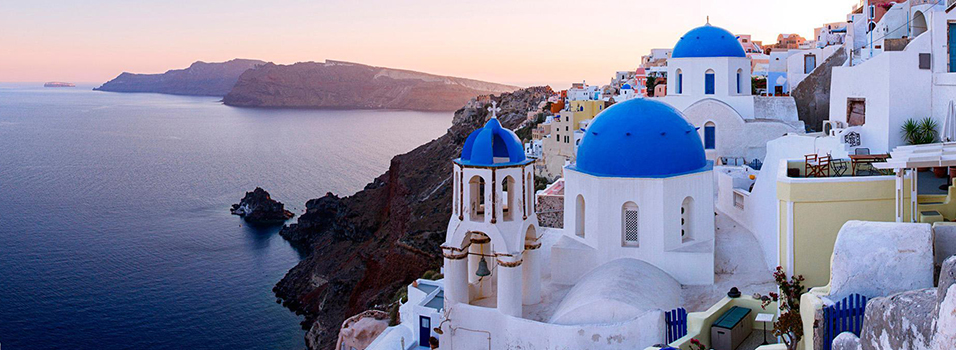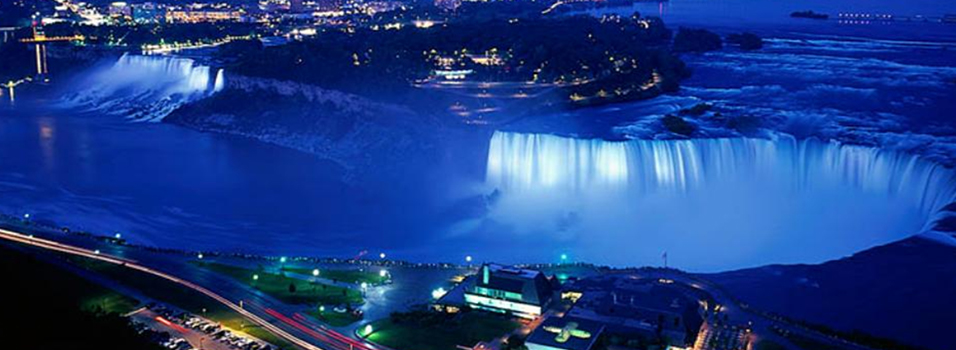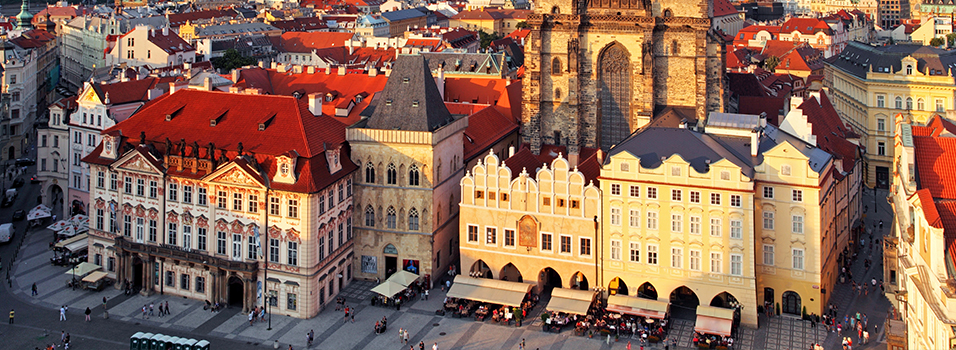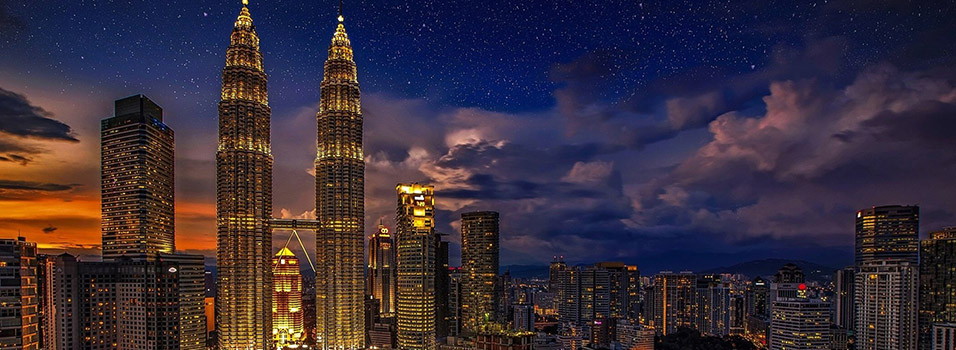
Malaysian Travel Trends Indicate Economic Resilience
In recent years, Malaysians have expanded their travel horizons, moving from familiar local destinations like Langkawi to far-flung locations such as Ireland to witness the Northern Lights. This shift is largely driven by the accessibility and affordability brought about by advancements in technology, including online platforms and mobile apps that simplify travel planning.
Key Insights:
-
Increase in Outbound Travel: A report by Mastercard noted that Malaysians took approximately 11.9 million international trips in 2016, with projections estimating a growth to 14.2 million trips by 2021, reflecting an annual increase of 3.5%.
-
Growth in Domestic Tourism: The Malaysian Association of Tour and Travel Agents (Matta) reported a significant rise in domestic travel, with trips increasing from 235.2 million in 2015 to 253.9 million in 2016, marking an 8% rise.
-
Travel Fair Success: The Matta Fair, a prominent annual travel event, drew over 120,000 visitors in 2017 and generated RM220 million in sales, highlighting the strong interest in both local and international travel.
Economic Perspective:
Despite currency challenges, including the ringgit’s trade values against the yen, yuan, and British pound, the willingness of Malaysians to travel abroad raises questions about the broader economic situation. Factors contributing to this trend include:
-
Visa-Free Access: Malaysian passport holders enjoy visa-free travel to 164 countries, ranking it as the 13th strongest passport globally (Henley Visa Restriction Index).
-
Affordable Flights: Low-cost carriers like AirAsia have made traveling more accessible. AirAsia’s commitment to affordability, reflected in its motto "Now Everyone Can Fly," has played a pivotal role in increasing travel frequency.
Personal Travel Strategies:
Many travelers, like Cecilia Jeyanthi Victor, emphasize the importance of saving while pursuing their travel passions. Cecilia, a seasoned backpacker, shares her approach of budgeting and saving a portion of her income for travel and emergencies, alongside leveraging resources like travel blogs and platforms such as TripAdvisor to find cost-effective options.
Her travels have included diverse experiences in places like Srinagar (India), the Killing Fields in Cambodia, and Boracay (Philippines), showcasing the enriching adventures that drive her enthusiasm for exploring new cultures.
Conclusion
The evolving travel landscape in Malaysia reflects not only a shift in preferences but also an underlying resilience in the economy. As technology continues to facilitate travel, both domestically and internationally, Malaysians are increasingly able to explore the world while managing their finances effectively.

